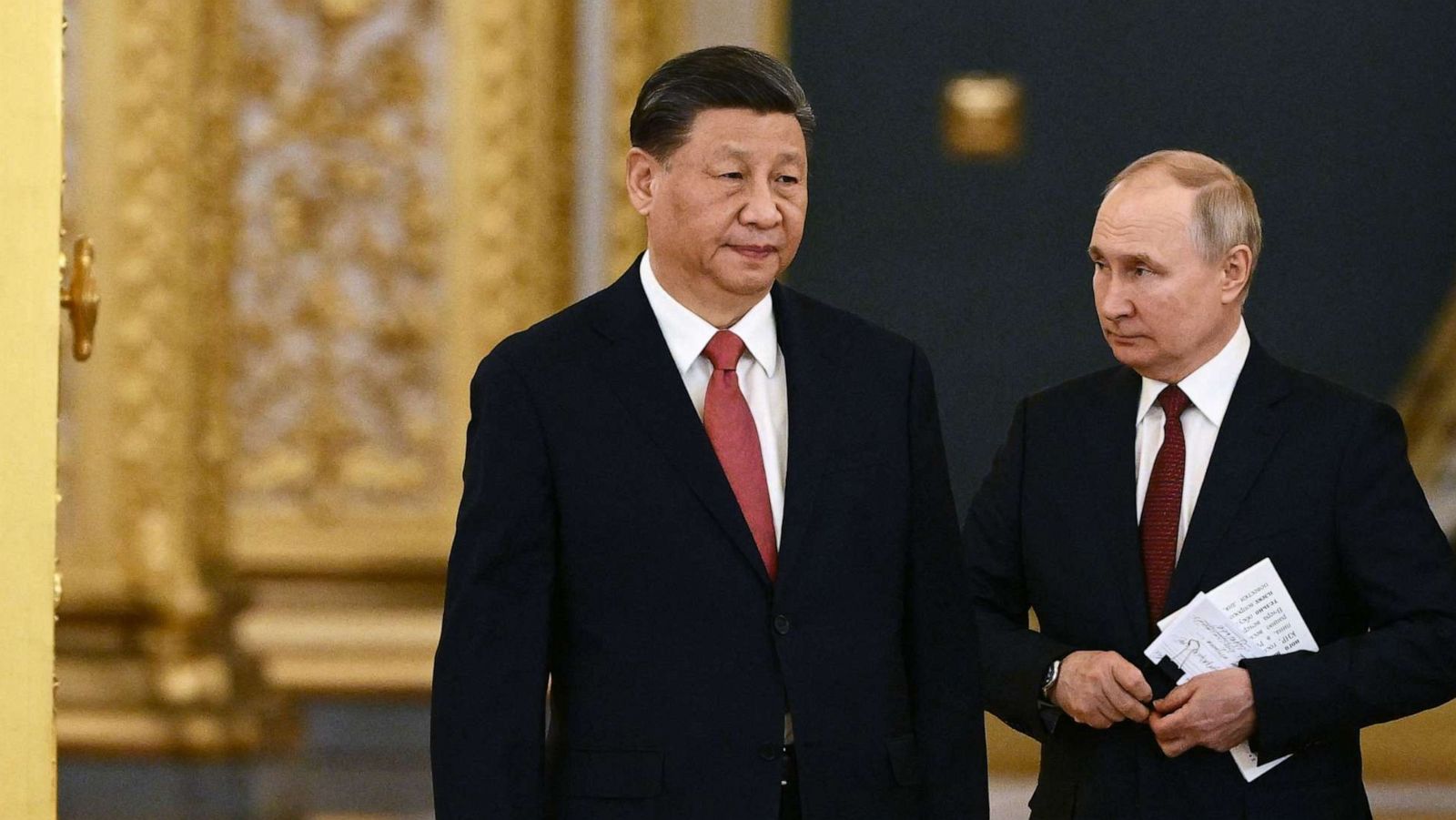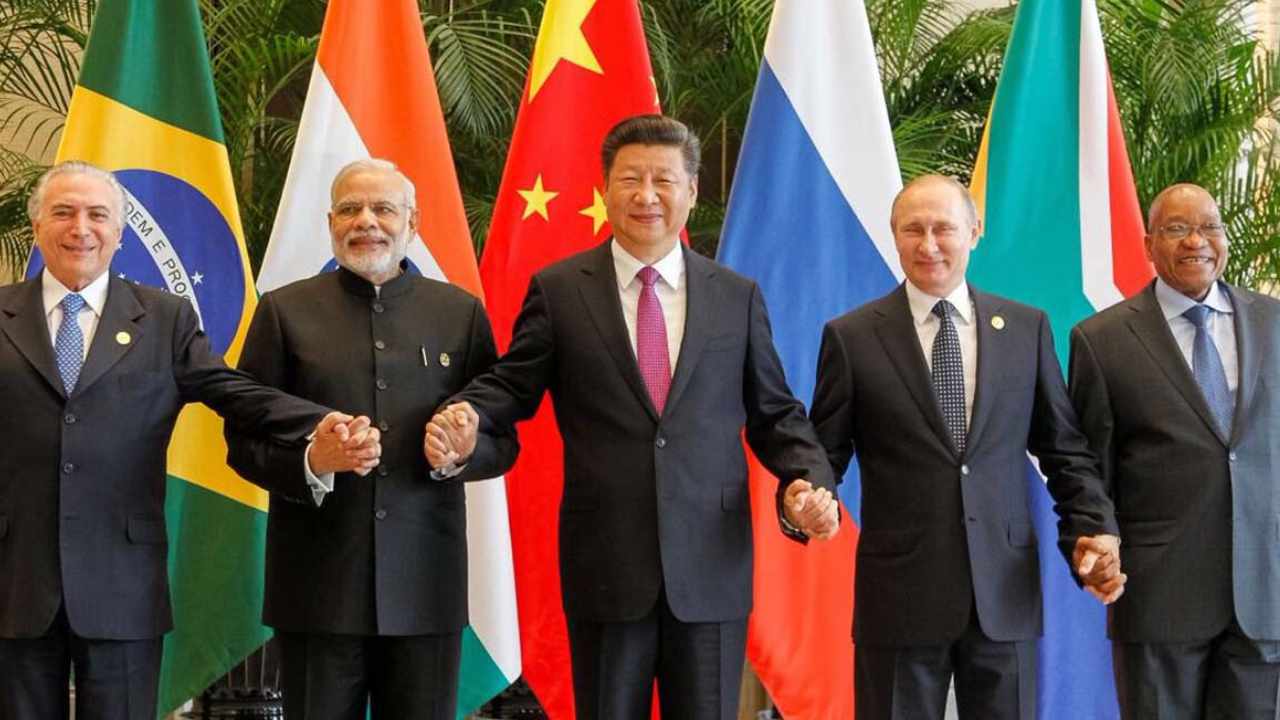Considered the pillar of stability and security in international trade, the US dollar has long kept its status as the most traded currency and the one most often held as a foreign reserve. However, nations have recently begun the process of turning away from the currency in hopes of de-dollarizing the world economy, as some believe the dollar is easily weaponized by the United States.
This view is primarily propagated by Russia, which has been actively working towards an alternate banking system since the sanctions imposed on Moscow in 2014, following the annexation of Crimea. Since the war in Ukraine and subsequent sanctions from the West, this objective has been expedited and has received greater support from nations around the globe. In a recent meeting between Vladimir Putin and Xi Jinping, the Chinese president stated that “change is coming” and that Russia and China are “driving the changes together”. This increased cooperation, both economic and political, is reflected in the common desire to turn away from Western currencies in trade. As a result, the ruble-yuan trade has increased eightyfold since the beginning of 2022, and recently the yuan has replaced the US dollar as the most traded foreign currency in Russia, with the Chinese currency available for deposits and services in many large banks.

China has been working towards expanding its economic influence in all corners of the world and has already seen success in South America. For instance, a deal was reached with Brazil to eliminate the US dollar as an intermediary currency for trade and transactions between the two countries, instead using their own respective currencies – yuan and reais. The Chinese yuan has since surpassed the euro and has become the second-largest foreign currency in Brazil’s reserves. More trade deals have been settled in Yuans, such as a deal with the United Arab Emirates, and one with France.
In Western Asia, the situation is similar as the anti-dollar sentiment is steadily growing with several Arab countries leading the charge toward economic changes. In a recent convention of the World Economic Forum, Saudi Arabia declared its openness to accepting currencies other than the US dollar, ending a 48-year period of its commercial dominance in the region. This decision suggests a falling-out between Washington D.C. and Riyadh, with the Saudi Crown Prince also stating he no longer feels the need to satisfy American aspirations in the Middle East. This has inspired a general move away from the dollar in the region, with Iraq, the UAE, and Egypt also seeking alternative currencies for trade deals.
On the other hand, India has announced that they would conduct trade in rupees when dealing with countries with shortages of dollars or failures with their own currencies. This has instantly been implemented in their trade accords with Malaysia, avoiding the US dollar as their intermediary currency. Anwar Ibrahim, Malaysia’s prime minister has come out and expressed his belief that there is no need to continue depending on the dollar, instead prioritizing other currencies belonging to countries Malaysia deals with.

According to Alexander Babakov, Deputy Chairman of Russia’s State Duma, the BRICS bloc – Brazil, Russia, India, China, and South Africa – is beginning the process of developing a new currency that countries dealing with the bloc would use in trade. The currency would be backed by gold and other commodities, assuring a certain level of stability. The bloc is receiving increased support from prospective members, with Iran’s official application already submitted, and interest in joining expressed from Saudi Arabia, Algeria, UAE, Egypt, Argentina, Mexico, and Nigeria.
This is not, however, the only case of new currencies being proposed. Russia and Iran are working on a new cryptocurrency backed by gold, hoping that it could replace the US dollar in international trade deals. Similarly, Brazil and Argentina have started planning a common currency, which would place the two largest economies in South America in a position without the need for a dollar and instead further independence from the United States.
History has observed multiple shifts in what is regarded as the global currency, and for the longest time that one can remember, the dollar held that responsibility. That being said, as countries focus on becoming more economically independent, innovation is bound to take the wheel. Countries are leaning towards utilizing more of their own currency, while others lean towards the creation of a new collaborative one. Whether the dollar will remain at the top remains to be seen, but President Xi Jinping was certainly right in the statement that changes are coming.




